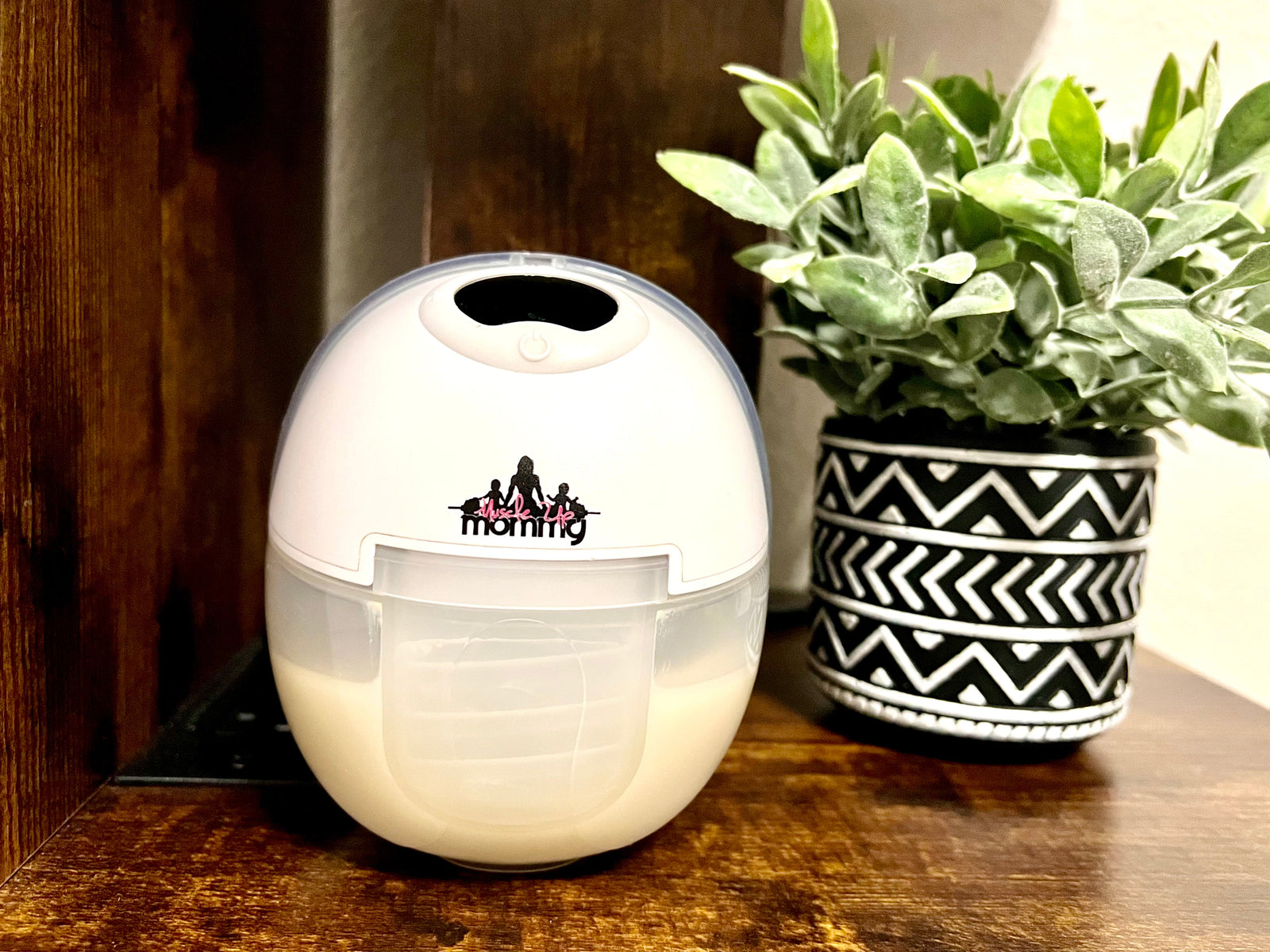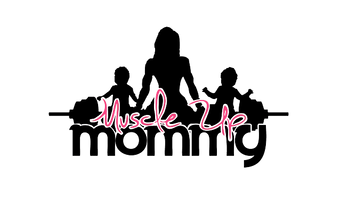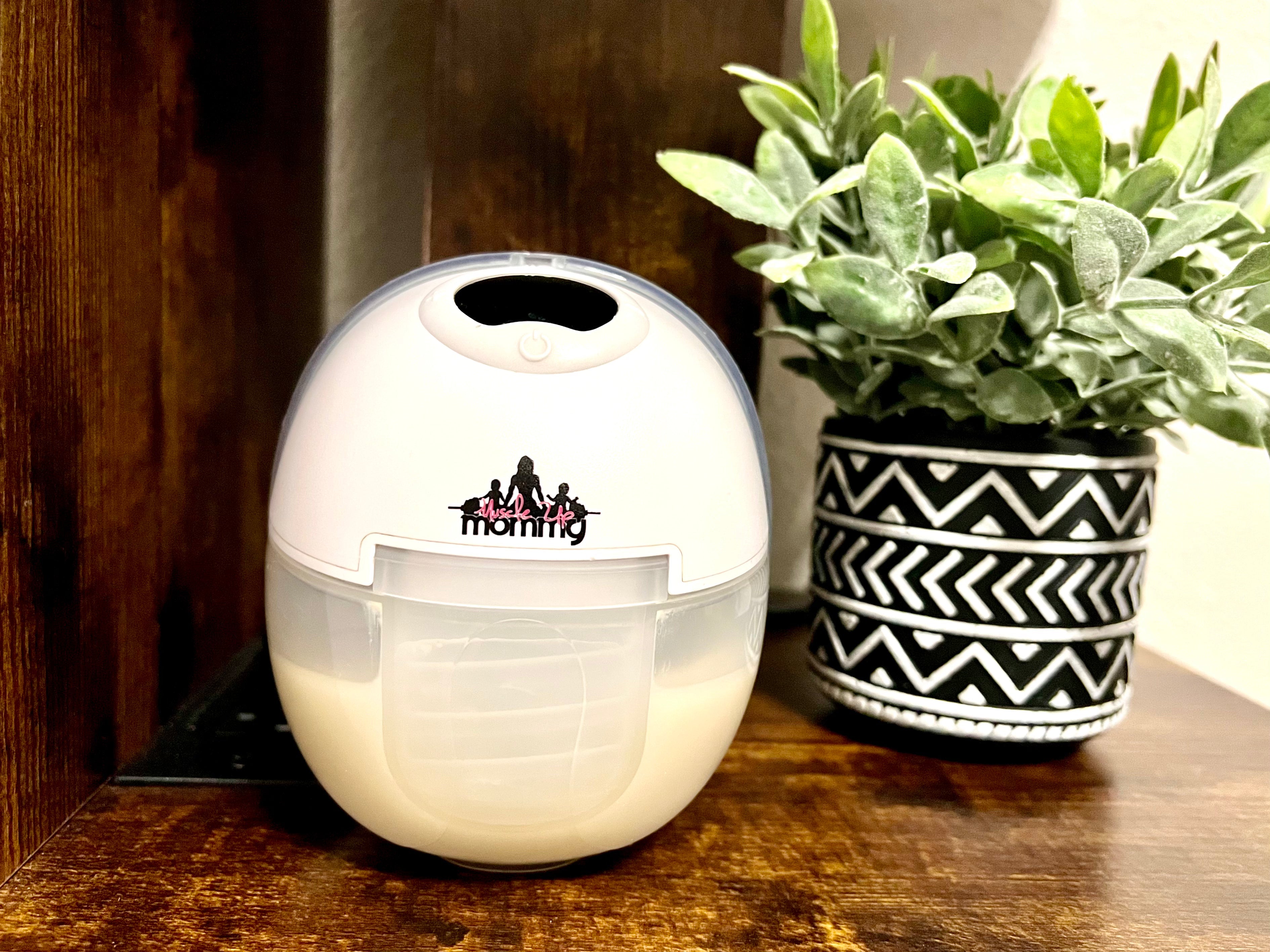A Guide to Pumping at Work: What Every Mom Should Know

You’ve welcomed your bundle of joy and now you’re taking the big step to return back to work. Going back to your job after having a baby can come with many unseen demands and challenges, especially if you’re a breastfeeding mother and need to pump. You may be experiencing some fear and anxiety around how the process of pumping at work will go — which is completely normal. We took the pleasure of putting together a list of tips to ease your mind and make the experience of pumping at work less daunting.

Breast Pumping In The Workplace: Your Rights
The key to successfully pumping at work starts with being prepared. You should be aware of your lactation rights, have access to a secluded area, have the necessary supplies on hand, and know how to store the breast milk.
The Pump Act
If you’re not aware of the PUMP Act , it’s a good idea for you to familiarize yourself with it. This law allows most nursing employees a right to “reasonable break time and a place, other than a bathroom, that is shielded from view and free from intrusion to express breast milk while at work.” So pumping at work is your right, mama.
This means that most nursing employees are entitled to taking breaks for pumping at work and that most employers are supposed to provide a designated area for them to be able to do so privately and without interruption. For more specific questions about your rights and what all the PUMP Act entails, the law’s FAQs page.
Advocating For Your Lactation Rights
Just because there is a law in place doesn’t mean you won’t run into some barriers while pumping at work. Every mom is different, which means every mother’s needs are different. It could be helpful to be open with your employer about your specific needs when it comes to pumping at work.
If you don’t have access to a designated area for pumping, speak with your employer. If they’re unaware of the PUMP Act, you can take the time to educate them on it and advocate for an adequate private area to be made accessible to you and other nursing employees.
Tips for Pumping at work
1. Grab a pair of our J35 Wearable Breast Pumps
These allow you to ditch the wires, tubing, and cords so that you can pump discreetly. They’ll alleviate the hassle of having to be glued to the wall while pumping at work and free up your hands, too!
2. Have accessible clothing
Having easy access can cut back on unnecessary hassle. Consider a good pumping bra and flowy clothing that is easy to work around. Pumping at work doesn’t have to be overwhelming.
3. Have all the supplies you need
If you’re pumping at work, you’ll want to make sure you have all items to get the job done. Your list may include:
Breast milk storage bags or bottles
Pumping bra
Nursing pads
Labels
Water (for hydration)
Milk storage bag
All your pump parts (and extras)
Cleaning supplies
A change of clothes (just in case)
4. Know How To Properly Store Your Milk
It’s important to know how to store your breast milk if you’re going to be pumping at work. You also want to make sure that you label everything correctly. The CDC advises that freshly expressed or pumped breast milk is safe to be stored at room temperature (77°F or colder) for up to four hours. It can be stored in a fridge for up to 4 days, and a freezer for up to 6 months for best quality. You can use a fridge in your workplace or look into a portable breast milk cooler.
Mastering An Efficient Pumping Schedule At Work
Planning your pumping schedule out can help to alleviate any unnecessary stress.
Plan ahead. Know when you’re going to need to break. It could be helpful to plan around your baby’s feeding schedule. If your baby feeds every 2-3 hours, you should be pumping at work every 2-3 hours. And be sure to pump for the same amount of time that your baby normally feeds. This helps to keep a consistent rhythm for expressing your milk and keeps you away from having to deal with decreased supply, breast engorgement, or plugged milk ducts.
Stay nourished. Breastfeeding and pumping can take a lot out of you. Having some snacks and hydration on hand can help make pumping more efficient. It takes a lot for your body to produce breast milk, so you want to ensure you’re restoring the nutrients and fluids that your body is giving out. There’s a lot of drinks (like teas) and snacks out there that are specifically made for breastfeeding mothers and to help with milk supply.
Manage your time. If you find that pumping at work is challenging for you and eats into your productivity time, consider a more discreet pumping option, like our J35’s. These allow you to put time back into your day and have access to discreet pumping that can be done without having to take breaks. It includes features like noise reduction (so you don;t have to worry about interrupting your work meetings) and auto shut off every 30 minutes to preserve battery life.
All of these suggestions can help make pumping at work a seamless experience. Know that you are able to manage your career and motherhood. It's not impossible, and it's not something you should have to choose between.
Editor's Top Postpartum Picks
Check out some of our most loved solutions that can help make your postpartum experience a breeze for you.
Related Articles
If you enjoyed this read, please leave a comment and share with your family and friends.









Leave a comment